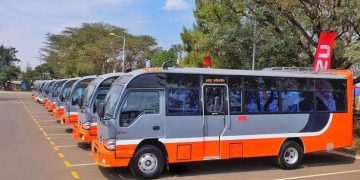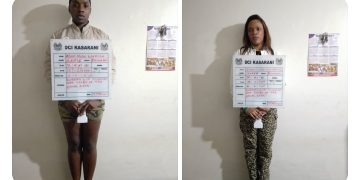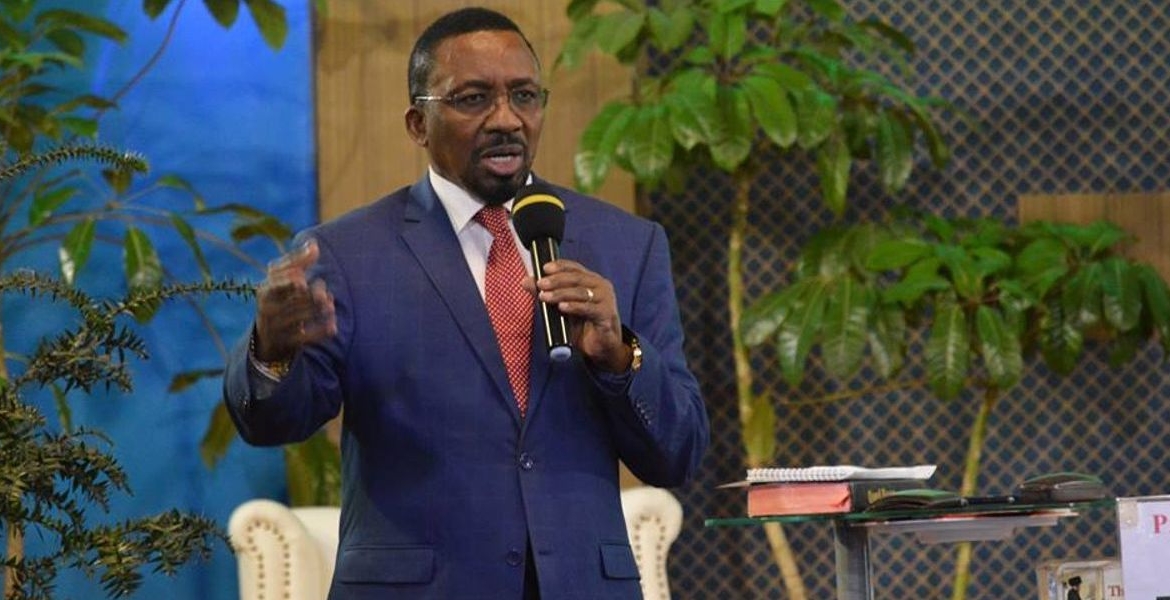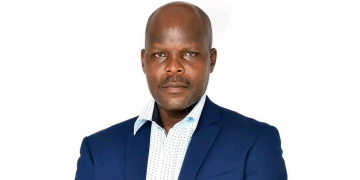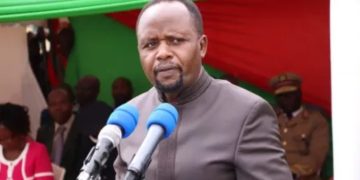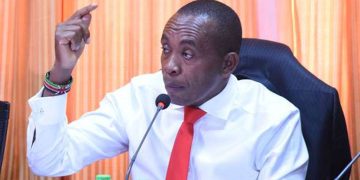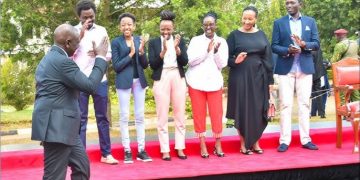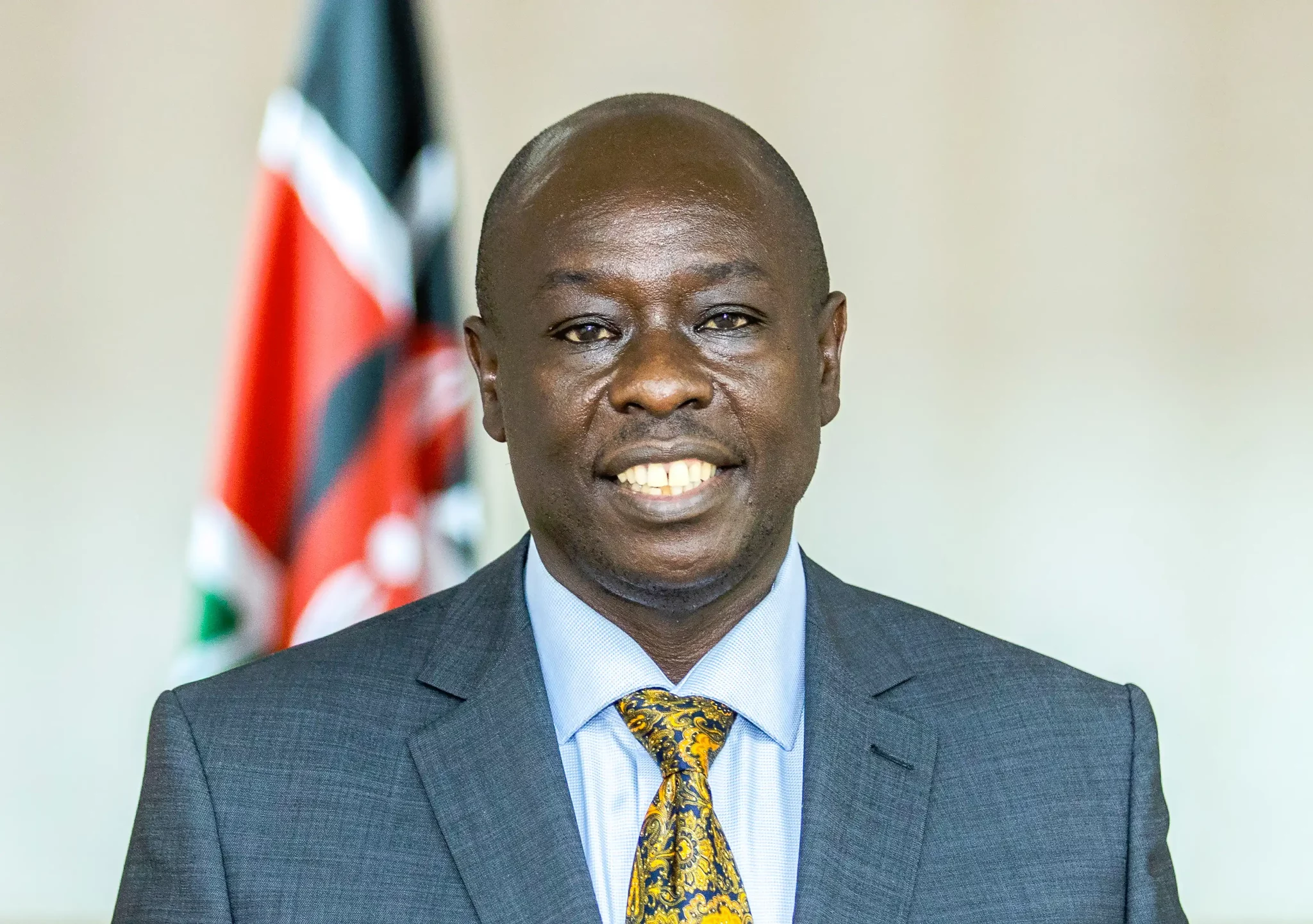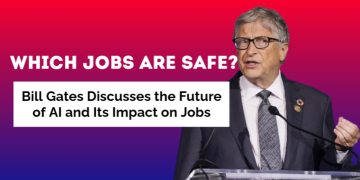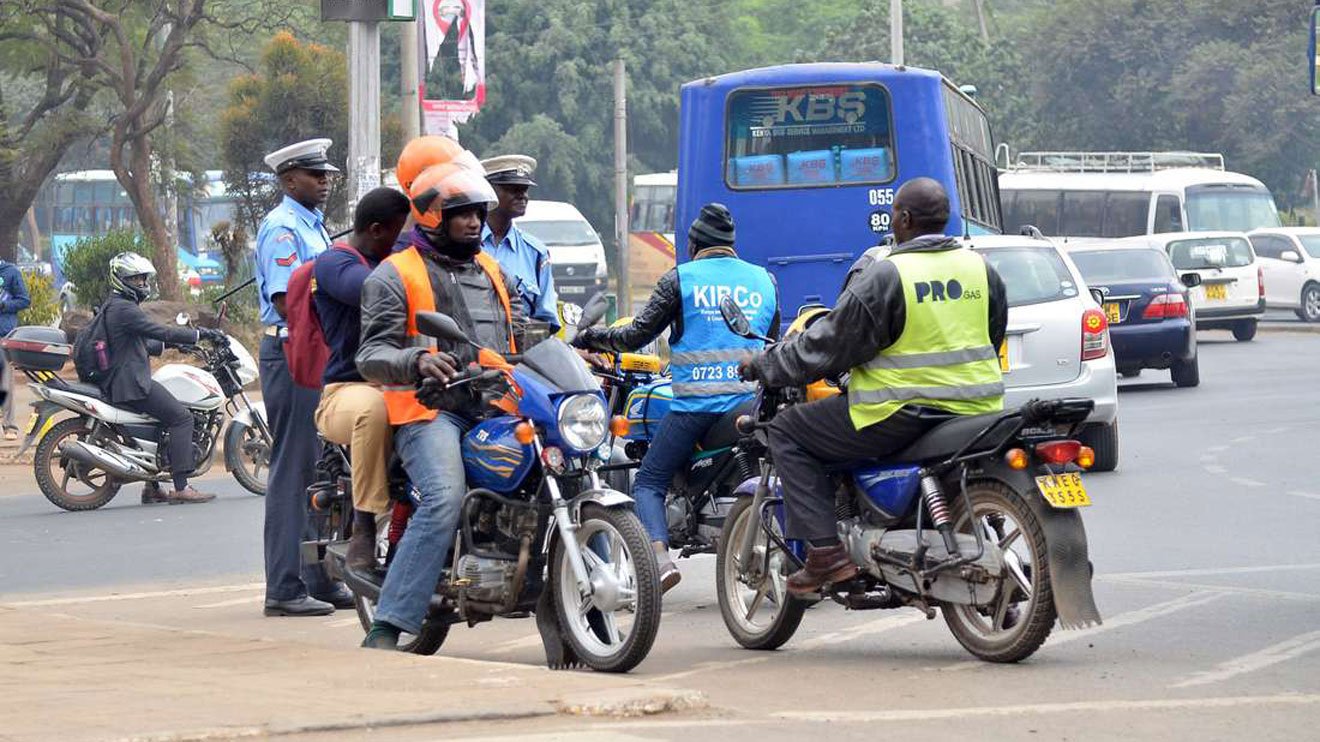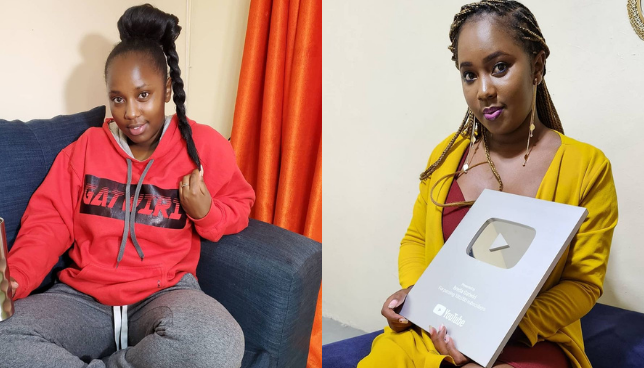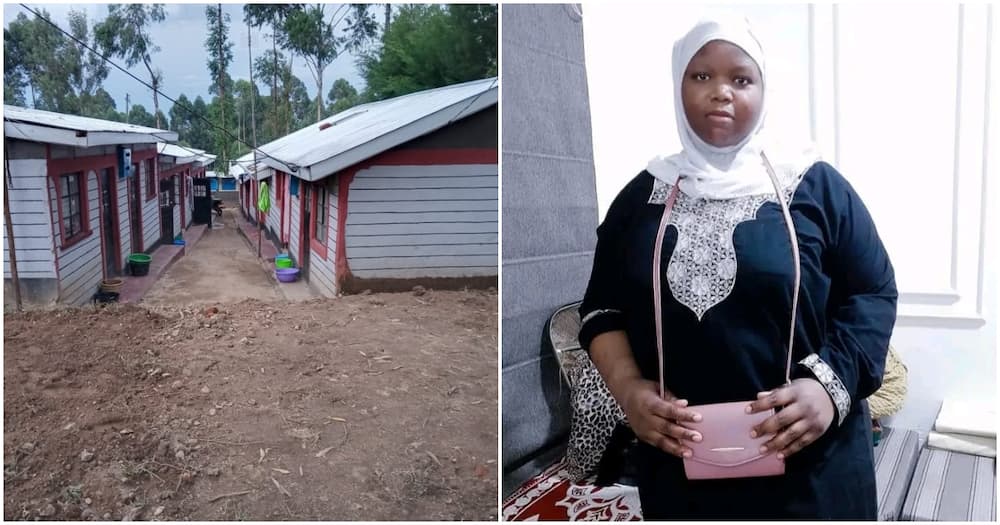
The Chief Justice Martha Koome started off by the first issue on whether the technology deployed by the IEBC met the standards to guarantee accurate and verifiable results. CJ Koome confirms the scrutiny report prepared by the judiciary did not reveal any security breaches in the IEBC’s RTS.
“No credible evidence was presented to show that anyone accessed the RTS to intercept, detain or store form 34As temporary. Allegations that 11,000 form 34As were affected were similarly not proved”
Were form 34As intercepted before landing in the IEBC public portal?
CJ Martha Koome read the ruling saying that there was credible evidence was provided to prove that anyone accessed the IEBC system to intercept Form 34As.
“A review of some of the logs presented as evidence of staging showed they were either from logs arising from the 2017 election or were outright forgery. There was no evidence of a man in the middle server configured to the IEBC VPN network.”
Was there a difference between form 34As uploaded on the IEBC server and those at the national tally centre?
“There were no significant difference captured between form 34As uploaded on the IEBC public portal and the physical form 34As delivered to Bomas that would have affected the overall outcome of the presidential election… No credible evidence was presented to support the allegation that forms 34A presented to agents differ from those in the public portal”
Did postponement of election in 8 elective posts result in voter suppression?
Chief Justice Martha Koome rules that the IEBC chairperson had no jurisdiction to postpone elections in Kakamega and Mombasa Counties, Parliamentary elections in Kitui Rural, Kacheliba Rongai and Pokot South Constituencies and electoral wards in Nyaki West in North Imenti Constituency and Kwa Njenga in Embakasi South Constituency. “IEBC illustrated with examples to our satisfaction that there was no nexus between the postponement of elections and voter turnout. ”
Were there unexplained discrepancies between the votes vast for presidential candidates and other posts?
“There were no unexplained significant discrepancies; no ballot stuffing was proven. ”
Did IEBC tally verification, tally and declare results according to Article 138 (3)(c) and 138 (10)?
The chief justice noted that the 4 dissenting commissioners actively participated in the verification and tally exercise from the beginning and until just before the declaration of the results raising the question whether they’d nullify an election on the basis of a last-minute boardroom rupture.
“The power to verify and tally presidential election results vest not in the IEBC chairperson but the commission; however the 4 commissioners actively participated in the verification and tallying process”
Did the president elect attain 50%+1 votes cast in accordance with Article 138 (4)?
“It is our finding that the declared president-elect attained 50%+1 of all the votes cast in accordance with Article 138 of the constitution.”
Whether there were irregularities and illegalities of such magnitude to affect the final results of the presidential election?
On issue number 9, the chief justice said the irregularities and illegalities were not of such magnitude as to affect the final results of a presidential election
What reliefs and orders can the court grant?
The Chief Justice dismissed the petitions filed, declaring William Ruto the president-elect. “We declare the election of William Ruto as valid under Article 143 of the constitution. This being a matter cutting across the public interest we order that each party bare their own cost.”
In an unanimous decision the Supreme Court led by Chief Justice Martha Koome upheld William Ruto’s win.

